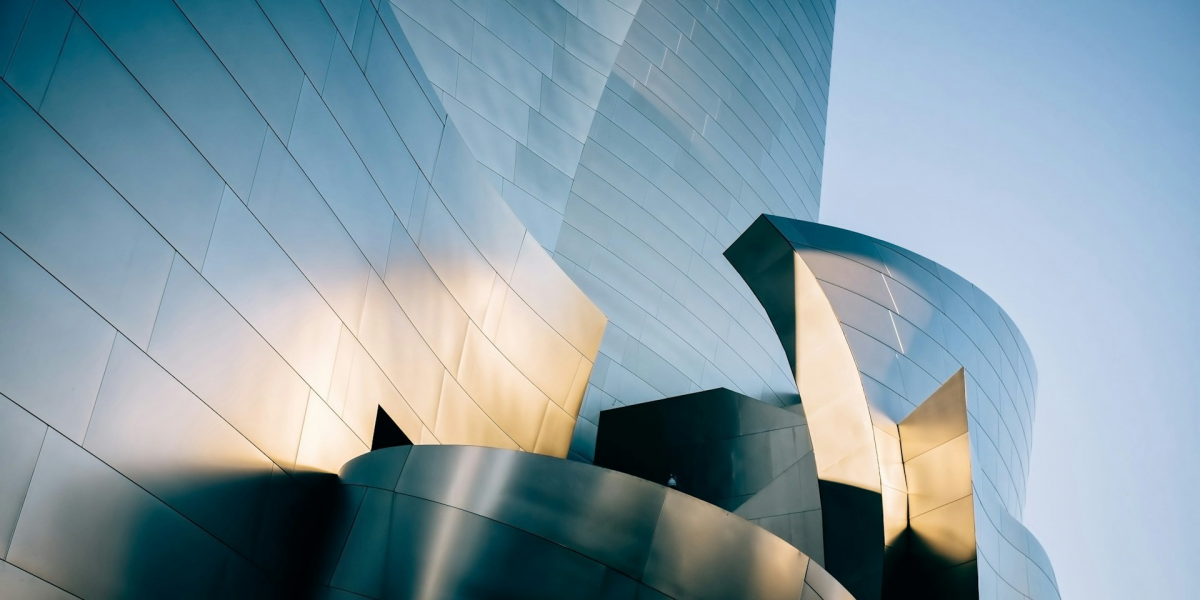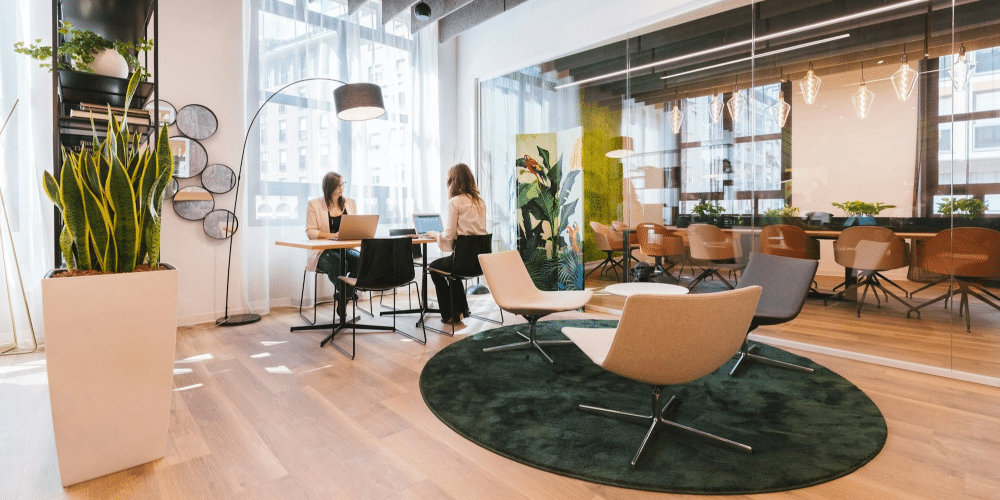Building designs often capture the imagination with their striking aesthetics, innovative structures, and captivating architectural features. From towering skyscrapers to sleek modern residences, each building tells a unique story through its design. However, amidst the awe-inspiring facades and intricate details, one may wonder: are building designs merely for show, or do they serve a more profound purpose? In this exploration, we delve into the multifaceted nature of building designs, uncovering the motivations and intentions behind these architectural creations.
Functionality Meets Aesthetics: The Dual Purpose of Building Designs
1. Functional Considerations
At its core, building design serves a practical purpose: to provide functional spaces for living, working, and leisure activities. Architects meticulously plan and design buildings to meet the specific needs of their occupants, considering factors such as spatial layout, traffic flow, accessibility, and building codes. The layout of rooms, placement of windows, and integration of utilities are all carefully orchestrated to ensure optimal functionality and usability.
2. Aesthetic Expression
While functionality forms the foundation of building design, aesthetics play a crucial role in shaping the visual appeal and character of a structure. Architects leverage elements such as form, materiality, color, and texture to create visually striking buildings that resonate with their surroundings and evoke emotional responses. Whether it’s the sleek lines of a modernist masterpiece or the ornate detailing of a historic landmark, aesthetics enrich the built environment and contribute to the cultural fabric of society.
Beyond the Surface: The Impact of Building Designs on Society
1. Cultural Significance
Building designs often reflect the cultural identity and values of a society, serving as tangible expressions of its history, beliefs, and aspirations. Architectural styles evolve over time, influenced by cultural, social, and technological shifts, leaving behind a rich tapestry of architectural heritage. From ancient monuments to contemporary landmarks, buildings embody the spirit of their time and contribute to the cultural identity of communities around the world.
2. Environmental Considerations
In an era of increasing environmental awareness, building designs play a crucial role in promoting sustainability and mitigating environmental impact. Sustainable design principles prioritize energy efficiency, resource conservation, and environmentally friendly materials, aiming to minimize the ecological footprint of buildings over their lifecycle. Green building practices, such as passive design strategies, renewable energy systems, and green roofs, demonstrate the potential of building designs to contribute to a more sustainable future.
The Intersection of Form and Function
Building designs represent a harmonious blend of form and function, where aesthetic expression seamlessly integrates with practical utility. While aesthetics may initially capture our attention, it is the underlying functionality and societal impact that truly define the value of building designs. As architects continue to push the boundaries of creativity and innovation, the significance of building designs as transformative agents in shaping our built environment remains as relevant as ever.






